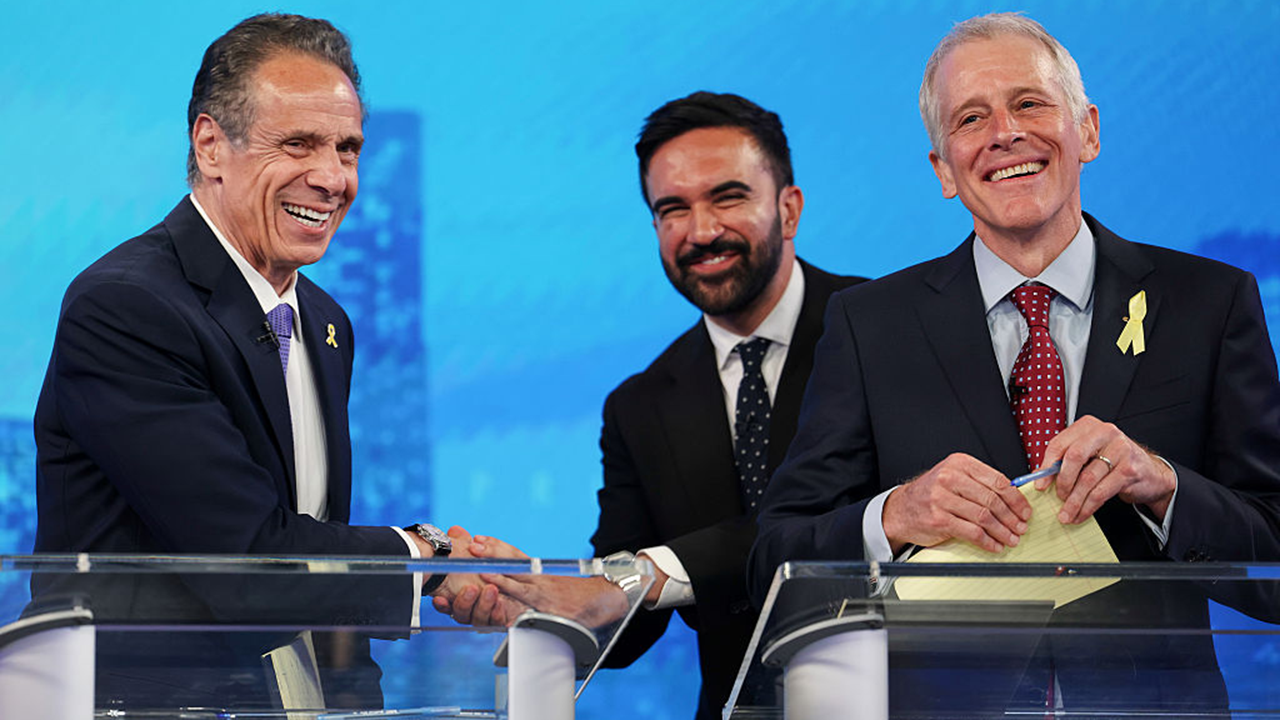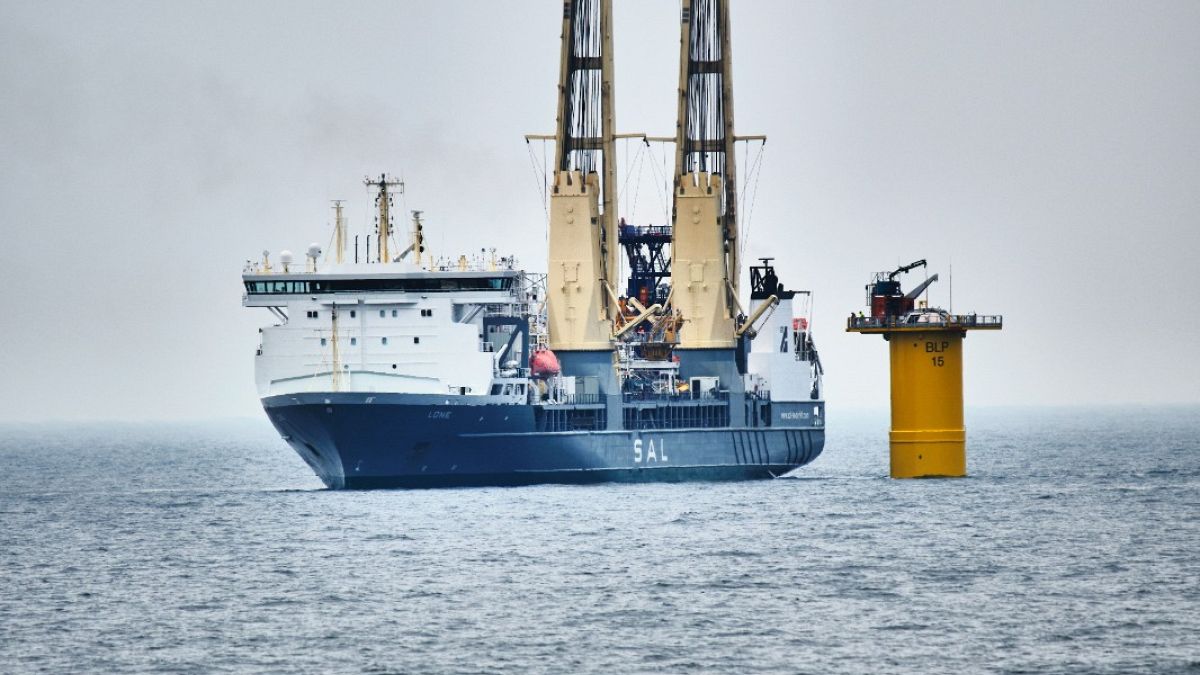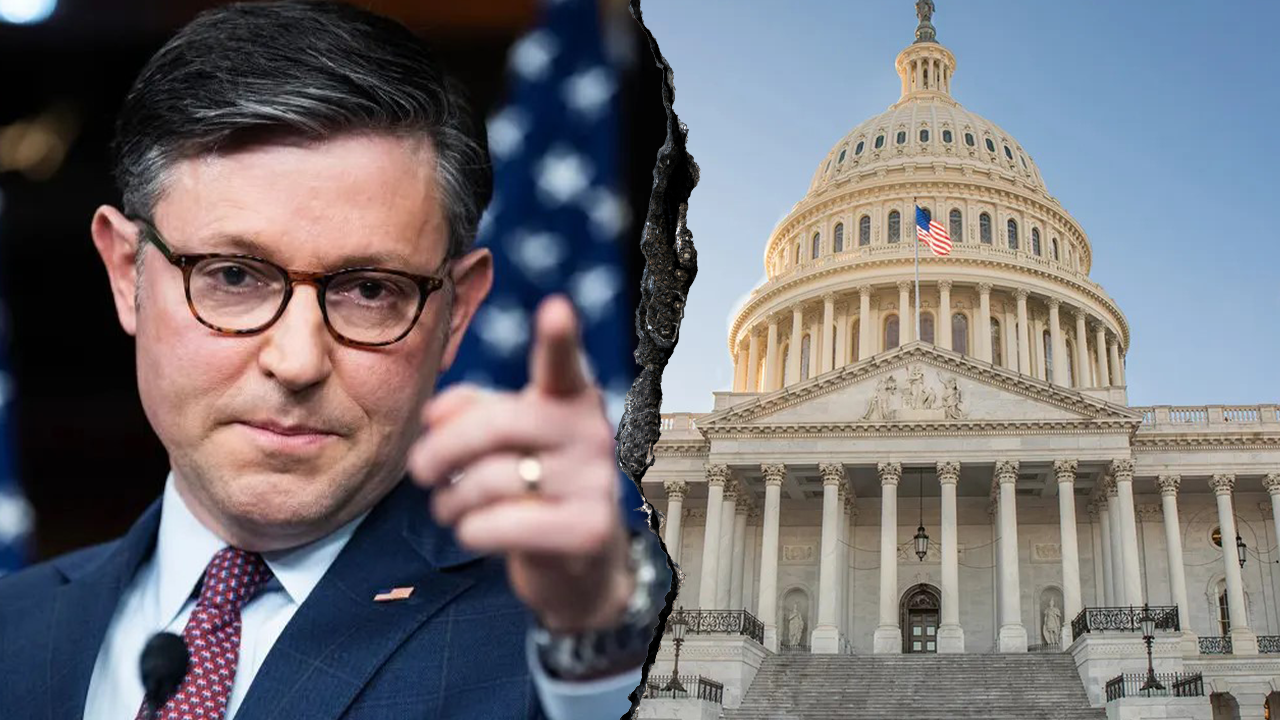They came to the United States from El Salvador, Ethiopia and Iran to study, earn money and escape violence. And they all found a home in the nation’s capital. They are not U.S. citizens, but they care about issues in their communities, including education, health care and affordable housing.
Washington, D.C
In a first, noncitizens are voting in D.C. Here’s what it means to them.

The voters include 310 who registered as Democrat, 169 independent, 28 Republican and 16 Statehood Green, said Sarah Graham, a spokesperson for the D.C. Board of Elections.
In this city, which has no voting representative in Congress, leaders have expanded voting rights to noncitizen residents. Noncitizens are eligible to vote if they are at least 18 years old as of Election Day, have been a D.C. resident for at least 30 days before the election, have not been deemed by a court legally incompetent to vote and are not claiming the right to vote in any state, territory or country.
There has been opposition, with critics arguing that the right to vote should be reserved for American citizens. The U.S. House advanced a bill last month to block noncitizen voting in D.C., though it’s unlikely this bill would move forward in the Democratic-controlled Senate. Workers for the D.C. Board of Elections have also been fielding angry messages from callers opposed to noncitizen voting, said Monica Evans, the office’s executive director.
The noise lawmakers are making in Congress simply spreads more awareness that this new right for noncitizens exists, said Abel Amene, an Ethiopian immigrant who last year became the first noncitizen to hold public office in D.C. and who fought for the noncitizen vote. Abel, an advisory neighborhood commissioner in Ward 4 — who prefers that people call him by his first name because of cultural naming practices — is excited to see how voting will empower noncitizens to participate in local democracy and make their voices heard.
“It’s only one, [or a] few buttons to press,” Abel said, “but it will have huge impacts moving forward.”
Noncitizen voters shared with The Washington Post what the right to cast a ballot means for them.
Ana Lemus, 42, came to the District about 15 years ago to escape from a bad relationship and pervasive gang violence in El Salvador.
Before leaving her home country, she made a point of exercising her right to vote.
“It’s my duty,” she said in Spanish while her 19-year-old daughter, Genesis, interpreted. In El Salvador, even when her husband interrogated her about where she was going and discouraged her from voting, Ana still got ready and marched out of the house to the polls. “My vote is my vote.”
Now, Ana will cast her vote again in D.C. elections, along with Genesis, who was 4 years old when she arrived in the United States. Both registered to vote earlier this year.
Genesis said her top priorities in this election are “the cost of living skyrocketing, gender inequality, wealth inequality, and police brutality.” And Genesis, a leader in local advocacy for street vendors, isn’t satisfied with just being a voter. Her dream, she said, “is to one day maybe run, later on in my 20s, for [advisory neighborhood commissioner] first, maybe council member after.”
Shaghayegh ‘Chris’ Rostampour
A few months ago, Shaghayegh “Chris” Rostampour was researching immigrant voting rights and came across the District’s legislation allowing noncitizens to vote. Rostampour looked at the eligibility criteria and realized they qualified.
“I was like, ‘Wow, this is what democracy is like, this is what participatory democracy and direct participation is like, and this is what an inclusive society should be like,’” said Rostampour, a 34-year-old resident of D.C.’s Ward 2. “So I was very thrilled about it. And it made me even happier to live where I live.”
Last weekend at the West End library, Rostampour voted for the first time since the 2017 presidential election in Iran, their home country. Rostampour declined to share whom they voted for but said they were most concerned about issues related to the lack of affordable housing, the high cost of living, pollution and environmental concerns.
“The very act of voting and feeling like I can have a small impact and I can make a decision, it made me feel very empowered,” they said. “It made me feel like I had a voice.”
Rostampour came to the United States on a student visa in 2018 to study conflict resolution at Brandeis University before moving to the District in 2022 to work at an arms-control nonprofit. They have become involved in political activism with peace organizations and submitted their green card application a few months ago.
Rostampour was raised to believe that voting was a civic duty and has been troubled by House lawmakers’ efforts to block the noncitizen vote and language suggesting noncitizens are trying to “interfere” with local elections. And Rostampour is concerned on behalf of immigrants who worry that voting could jeopardize their status in this country.
“There’s a lot of fear to participate, just because people are worried about the consequences,” they said. “All of this is legal, all of this is allowed, but we are still worried about how it might impact us.”
Soledad Miranda has lived in the United States for decades and is used to working hard to support her family and advocating for her rights.
Miranda, a 49-year-old Ward 1 resident from El Salvador, spends weekdays as a cleaner in the Wilson Building, which houses the offices of the city’s mayor and council members. In the evenings and on weekends, she is a street vendor selling traditional clothing from her home country.
As a shop steward for her union — Local 32BJ of the Service Employees International Union, which represents workers who help maintain about 1,500 office buildings in the region — Miranda was chosen by her colleagues to interview D.C. Council candidates to help the union make its endorsements.
What she wanted to know most was how candidates would improve access to housing and health care. Miranda said she often runs into council members and candidates in the lobby or hallways of the Wilson Building and takes note of how they treat her and others.
Although she did not want to share whom she planned to vote for, her union endorsed Ward 4 council member Janeese Lewis George and Wendell Felder, the former chair of the Ward 7 Democrats who is running for the council seat in that ward. When Miranda casts her ballot, she said, she will look to candidates who support immigrants and policies such as “temporary protected status,” which she said is the reason she can stay in the country, obtain a driver’s license and get her cosmetology license. And she will be thinking of her 14-year-old daughter and her future.
“I’ve lived in this country for 30 years. I have my daughter who is a U.S. citizen, I pay my taxes, I feel like I have the right to vote,” Miranda said through a translator. “I feel excited. I’ll have an opportunity to cast my vote — not just me, but other people who came here as immigrants and don’t need U.S. citizenship to vote.”
Germán Trinidad, 39, has long been active in local politics. Trinidad, who came to D.C. from El Salvador in 2002, has supported efforts to decriminalize street vending and create a pathway for street vendors to get licensed. He and his wife sell hot food and beverages on the street in Mount Pleasant.
On Tuesday, he will vote in D.C. elections.
“I’m very happy that they’re taking me into account,” he said through a translator. He wants better infrastructure in the District, and he’s concerned about crime. “[It’s] a big issue, especially because we are vendors and we are outside, so obviously that’s a priority.”
He’s proud of the progress street vendors have made in recent years in “being able to sell products peacefully in the city.” For future elections, he hopes for a stronger slate of candidates — “better choices, people who will make our future better.”
Advisory Neighborhood Commissioner Abel Amene, who is pursuing a double degree in physics and economics at the University of Maryland, said he is always on the brink of homelessness and sees other immigrants struggling, too. But he had never voted in D.C. and was unable to have a say about how elected leaders address housing or any other issue — until now in this primary.
“Almost every political decision I make, the fear I face of possibly becoming homeless, again, is always front of mind,” said Abel, 38, who came to the United States from Ethiopia as a teenager in 1999. “There’s a real impact that these politicians and these elected officials have on my safety and how secure I feel at home.”
In late May, he went to the West End library and voted for the first time in any government election. And although his views as a socialist don’t perfectly align with those of council members Robert C. White Jr. (D-At Large) and Janeese Lewis George (D-Ward 4), he voted for them because of their positions on housing.
“I’m now 38 years old, and this is the first time I ever cast a ballot in a government election. It was amazing,” he said. “It felt very impactful, like I had a say in something bigger than me.”

Washington, D.C
DC Heatwave: Will temperatures reach 100 degrees next week?
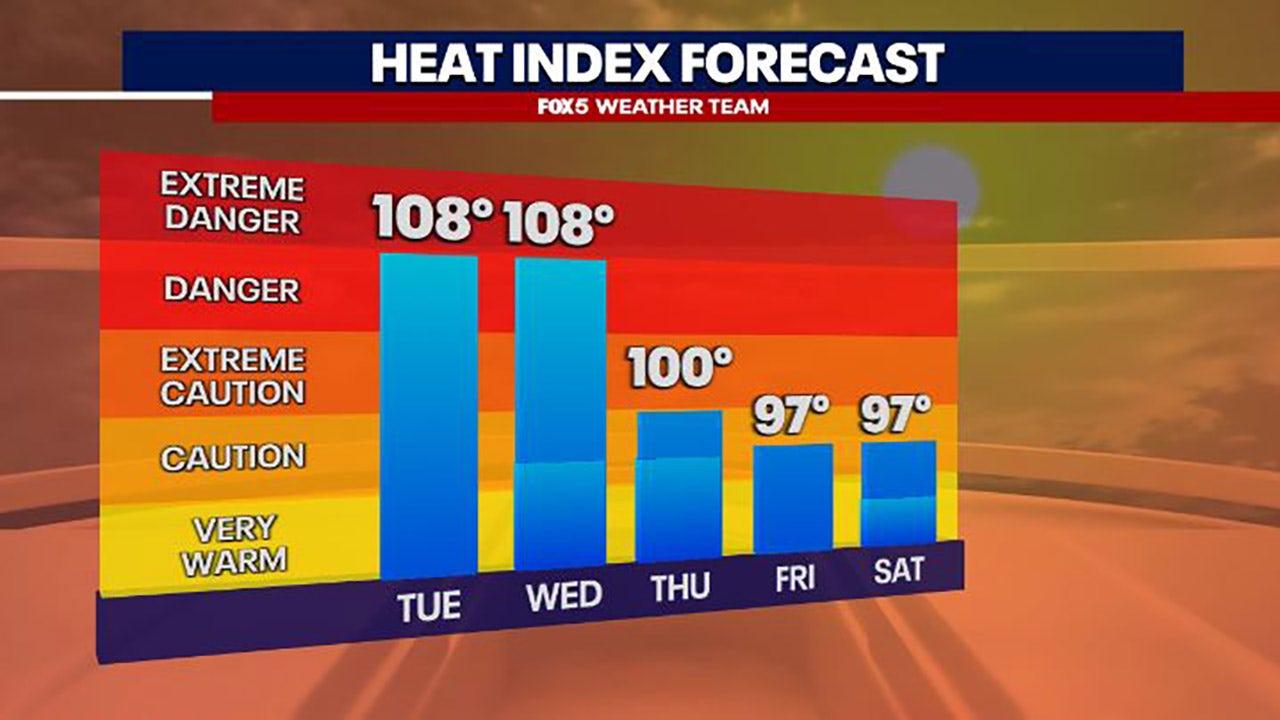
WASHINGTON – As the first day of summer approaches this Friday, we expect the first real blast of summer heat to arrive this weekend. Starting Sunday, a building ‘Bermuda High” will move into the mid-Atlantic region, sending temperatures soaring into the mid-to-upper-90s with heat indexes over 100 degrees much of next week.
DC Heatwave: Here is what we can expect:
Sunday marks the first day of our heat wave with high temps well into the 90’s! We expect higher than average temperatures throughout the entire week
Impacts will be widespread for us as we see our entire region being engulfed in hot air.
We have a chance to see some record-breaking days with our greatest chance being in the middle of the week
The Heat Index which measures heat and humidity together could exceed 105 degrees many days next week.
DC Heatwave: Possible record highs?
As the heat moves in, we have a decent chance to break several temperature records.
Most of the existing records range from 99-104 degrees, so our best opportunities will come on days where the forecast highs align with the lower end of those records.
Based on current data, next Monday and Friday fit that criteria. Monday and Friday stand out – both have record highs of 99 degrees, and forecast temperatures are expected to range from 96-99 degrees, giving us the best shot at tying or surpassing those marks.
DC Heatwave: Will DC region see 100 degrees?
Timeline:
The peak of our heatwave is expected early to mid-next week, with parts of our area expected to crack the 100s.
Tuesday and Wednesday are shaping up to be the hottest days, with highs potentially reaching 101 degrees.
The biggest question still remains: Will D.C. break 100 degrees? Last year it was incredibly hot, and we reached 100 degrees six times.
In past heat waves, surrounding areas have broken 100 degrees while the city itself stayed in the upper 90s. That’s largely because official temperature readings for the city come from Reagan National Airport – not downtown.
The airport’s location near the Potomac River often allows cooler air to blow in, keeping readings lower. Luckily for heat lovers and record chasers, there’s good news. Current forecast guidance suggests that the cooling effect should not play a major role but can’t be ruled out.
The Source: Information in this article comes from the FOX 5 Weather Team and the National Weather Service.
Washington, D.C
Expanding estimates, unanswered questions: Checking the math on DC stadium deal

At a splashy announcement in late April, D.C. Mayor Muriel Bowser assured taxpayers their $1.1 billion investment in a new football stadium and entertainment complex would be money well spent — pledging that over 30 years the deal would bring in $4 billion in tax revenue.
A month later, her administration released a report from private consultants that upped that figure to $5.1 billion in tax revenue over a 30-year period.
But the News4 I-Team’s review of that new fiscal impact shows at least a third of those tax dollars will remain at the proposed Washington Commanders stadium site — a significant portion of the return promised to taxpayers.
Of the $5.1 billion private consultant CSL predicts the stadium and surrounding district will generate in tax dollars over 30-plus years, the I-Team found $1.7 billion will be spent running the stadium, maintaining the stadium and paying off the money D.C. borrows to build the stadium.
“Some of the tax revenue that’s generating that will stay on the campus is really meant to be able to maintain the quality of what’s there so it doesn’t degrade over time,” said D.C. City Administrator Kevin Donahue, adding those dollars would offset annual operating costs from public safety and civil enforcement associated with game days.
Donahue explained all sales taxes, food and beverage taxes, and ticket taxes generated at the stadium would stay in a fund used solely for the stadium expenses and upkeep.
It’s just one aspect of the $3.7 billion stadium complex deal now under consideration by the D.C. Council, which has discussed delaying a vote on the package Bowser proposed as part of the Council’s annual budget process.
Under the deal, the Commanders pledge to invest $2.7 billion of private money with more than $1 billion in D.C. taxpayer funds to revamp the RFK Stadium site in Ward 7.
The deal has come under fire, however, from taxpayer watchdogs who say District dollars would be better invested in District residents’ more urgent needs.
“This is really an investment in billionaire sports team owners. And what it is going to do is grow their profits while D.C. bears the cost,” Shira Markoff of the DC Fiscal Policy Institute told News4.
Markoff said that, at a time when necessities such as D.C. Medicaid and other safety nets face dramatic cuts, District residents deserve to know the full cost of the deal.
“This is D.C.’s money,” Markoff said. “We want to see it invested on behalf of D.C. residents to really grow our economy, you know, in ways that benefit D.C. workers and our most vulnerable population.”
But proponents of the deal, including Bowser, have argued there are few realistic alternatives for the RFK site, with estimates showing the Commanders complex would generate about 30,000 construction jobs and $4.2 billion in pay for those workers over three decades.
She has defended the multibillion-dollar tax revenue estimates as conservative, saying in early June: “When we look at the number of jobs created, tax revenue generated, the adjacent economic activity that is created, we think it could be even bigger.”
The I-Team asked for clarity on how the anticipated tax revenue changed from $4 billion over three decades to more than $5 billion in the private consultants’ report. The I-Team was told the private consultants aren’t available for media questions, but Donahue said the increase was a result of speeding up the projected opening of restaurants, shops and apartments surrounding the stadium.
“The bigger difference really was in the economic activity that’s happening outside the stadium,” Donahue told News4.
The I-Team wanted to see those dates and details and filed open records requests for the documents showing the initial projections and discussions around them.
The District provided the report breaking down the $5 billion figure but said neither the mayor, deputy mayor for economic development nor about a half dozen of their senior staffers had a copy of the first draft — which included the $4 billion figure — before reporting its promises in the stadium announcement.
The I-Team also was told the District could not locate a single email, text or voice message about it in its records.
The deal also projects as many as 6,477 multi-family residences around the stadium. That is almost five times as many residences in the District’s Wharf neighborhood, according to The Wharf’s website.
Under the deal, the Commanders have the right to develop the residences, but it’s unclear how many District dollars could go to that effort. The District already requires a portion of housing units to be designated as affordable and, according to Donahue, hasn’t ruled out providing additional funds for that purpose.
Donahue said District leaders arrived at the 6,477 number based off a master plan it has for the RFK site. But when the I-Team asked for a copy of that plan, which they said was prepared by outside consultants, they declined to release it.
Meanwhile, the D.C. Council hired an outside consultant to review the terms of the deal, which Bowser said must be approved by July 15 under its agreement with the Commanders. If that date passes, the Commanders could start negotiating again with Maryland or Virginia.
The team has said it hopes to open the new stadium by 2030.
Investigative producer Katie Leslie and photojournalist Derrick Cheston contributed to this report.
Sign up for our free deep-dive newsletter, The 4Front, to get standout News4 stories sent right to your inbox. Subscribe here.
Washington, D.C
Military parade and No Kings protests: a split-screen of a divided America

Members of the U.S. Army drive a Stryker infantry carrier vehicle during Saturday’s 250th birthday parade in Washington, D.C.
Andrew Leyden/Getty Images
hide caption
toggle caption
Andrew Leyden/Getty Images
WASHINGTON, D.C., and ANNAPOLIS, Md. — There are events that become a Rorschach test that brings out America’s political and cultural divisions in bold relief. Saturday’s military parade — which celebrated the U.S. Army’s 250th anniversary and also fell on President Trump’s birthday — was that kind of moment.
As the Trump administration geared up for the parade filled with tanks and armored personnel carriers rolling through the nation’s capital, people in dozens of cities across the country protested the event as a politicization of the armed forces by a would-be autocrat.
The protests were called No Kings.

The 33-mile trip from one protest in Annapolis to the parade grandstand in front of the White House was like a journey between two different countries.
The crowds in Annapolis gathered in front of the colonial, red-brick Maryland State House around mid-morning. The people who came were largely white, and they held signs reading: “RESISTING THE CROWN SINCE 1776,” and “I’M A VETERAN, NOT A SUCKER OR A LOSER,” a reference to comments attributed to Trump disparaging American war-dead, which Trump has called “a total lie.”

John Wells, a retired economist statistician with the federal government, called the miltary parade outrageous. “We’re not in Russia or North Korea … or China,” he said. “That’s the thing they do. We don’t do that.”
Frank Langfitt/NPR
hide caption
toggle caption
Frank Langfitt/NPR
John Wells, a 76-year-old retired economist statistician with the federal government, said he supported the U.S. army, but couldn’t stand the parade.
“It’s outrageous. We’re not in Russia or North Korea … or China. That’s the thing they do. It’s also costing a lot of money and people’s resources,” Wells said of the price tag for the D.C. parade and surrounding events, estimated at $25 million to $45 million.
Speakers in Annapolis included labor union representatives, the leader of an immigrant advocacy group and a George Washington reenactor who wore a white wig and a blue waistcoat. Randy Goldberg, a 75-year-old retired nurse, played America’s first president and delivered the speech Washington gave when he relinquished his military command there in 1783.
“I retire from the great theater of action and bidding an affectionate farewell to this august body under whose orders I have so long acted, I hereby offer my commission and leave all the employments of public life,” Goldberg said, channeling Washington as the crowd broke into applause.

The centerpiece of the No Kings protest in Annapolis, Md., was a George Washington reenactor named Randy Goldberg, who delivered the speech Washington gave when he relinquished his command there in 1783. Protestors contrasted Washington’s voluntary decision to give up miltary power with what they saw as an autocratic-style military parade on the National Mall.
Frank Langfitt/NPR
hide caption
toggle caption
Frank Langfitt/NPR
The protesters’ point was that Washington voluntarily gave up military power, while they say Trump was trying to accrue more by holding the parade on the National Mall with countless tons of military hardware.
Trump dismissed such criticism Saturday.
“Every other country celebrates their victories,” Trump told the crowd in D.C. “It’s about time that America did, too.”

In fact, this was not a victory celebration, but a birthday party for the Army. The last time the U.S. held a similar parade was after the First Gulf War, in 1991.
Trump has attacked the patriotism of his critics and of journalists he doesn’t like, saying, “They hate our country.” Anticipating such an attack, speakers in Annapolis said protest is an act of patriotism, especially when the target is a president they say is trampling America’s system of checks and balances.
“We have to own the flag. No one can tell us that we’re not patriots,” said Donna Edwards, president of the Maryland & DC AFL-CIO, who addressed the Annapolis crowd wearing an American flag dress. “No one should say that because we’re here, we hate America. We’re fighting for America.“
About 45 minutes to the west, many who attended the Army celebration also wore flag T-shirts, hats and shorts. The crowd was diverse and included military families whose members had immigrated to the U.S. from around the world, including Ecuador, El Salvador and Vietnam.

Julianna Balogh (left) and Kim Nguyen are President Trump superfans who traveled from Arkansas and California, respectively, to attend the military parade. Nguyen says her father served with the U.S. Army in South Vietnam and that she came to the U.S. in 1991.
Frank Langfitt/NPR
hide caption
toggle caption
Frank Langfitt/NPR
The event in the nation’s capital seemed at times like a cross between a military festival and an Army recruiting video. People lounged on the grass in the shadow of the Washington Monument. Amid the strains of Van Halen over the loudspeakers, tank drivers pumped their fists and revved their engines as they drove past cheering crowds down Constitution Avenue. Along the way, the announcer thanked the various corporate sponsors, including Lockheed Martin and Palantir, the data-mining firm that has a $30 million contract to help Immigration and Customs and Enforcement track migrants in the U.S.

The staging seemed designed to enhance the muscular image Trump likes to project. A pair of tanks sat in front of the grandstand from which the president watched. After his speech, Trump was presented with a traditionally folded U.S. flag — a gift usually reserved for the family members of fallen soldiers.
Some who attended the event — including a few who said they did not vote for Trump — dismissed criticism that the parade had authoritarian overtones.
“I think they’ve got this whole cloud over their head that Trump’s this dictator when he’s acting completely [within] the law,” said Dennis Connelly, 19, who wore baggy American flag pants and had flown in from Knoxville, Tenn., for the event.

Dennis Connelly, 19, of Knoxville, Tenn., flew for the first time in his life to Washington, D.C., to see the parade. Connelly wants to join the Marines and said the combination of the parade and the president’s birthday was too good to miss.
Frank Langfitt/NPR
hide caption
toggle caption
Frank Langfitt/NPR
The president, too, took issue ahead of the parade with being described as a king. “I don’t feel like a king,” Trump said in advance of the parade. “I have to go through hell to get things approved.”
His administration’s actions have been mired in hundreds of lawsuits — and the courts have frequently blocked them from being implemented.
Connelly says he hopes to enlist in the Marines and serve in counterintelligence. While No Kings protesters criticized Trump for busting norms, Connelly sees that as a good thing.
“He’s powerful, and he’s kind of like those high school bullies. … And I just think that’s wonderful,” said Connelly. “We have to have a powerful president who’s willing to push some boundaries.”
Although Connelly is a fan of Trump’s, he has doubts about some of the president’s policies. He says allowing ICE agents to wear masks provides people the opportunity to impersonate them and commit crimes. He also says he doesn’t think Trump has a complete understanding of tariffs.
“I think he’s assuming that these companies are willing to pay them and not going to manipulate the public … and add that on to [the] consumer price,” said Connelly, who took his first airplane flight ever to come here.
The parade attracted many Trump voters, who gave the president a warm round of applause when he was introduced. A smattering sported MAGA gear. But most people with whom NPR spoke said they were there to celebrate the Army and see the tanks.
Well before the parade’s end, thousands began heading out. As they exited onto Constitution Avenue, they were met by No Kings protesters.
“Trump is a Tyrant,” read one sign. The parade-goers with whom an NPR reporter was walking made their way past the protesters and headed toward the Metro trains.
America’s split-screen day had finally merged into a collective image of a divided people half block from the White House, many unable or unwilling to talk to one another.
-

 News1 week ago
News1 week agoA former police chief who escaped from an Arkansas prison is captured
-

 Technology1 week ago
Technology1 week agoXbox console games are suddenly showing up inside the Xbox PC app
-

 Arkansas1 week ago
Arkansas1 week agoTennessee baseball coach Tony Vitello has funny apology on ESPN at super regional vs Arkansas
-

 Technology1 week ago
Technology1 week agoMassive DMV phishing scam tricks drivers with fake texts
-

 Politics1 week ago
Politics1 week agoVideo: Why the U.S. Brought Back Kilmar Abrego Garcia
-

 World1 week ago
World1 week agoColombia’s would-be presidential candidate shot at Bogota rally
-
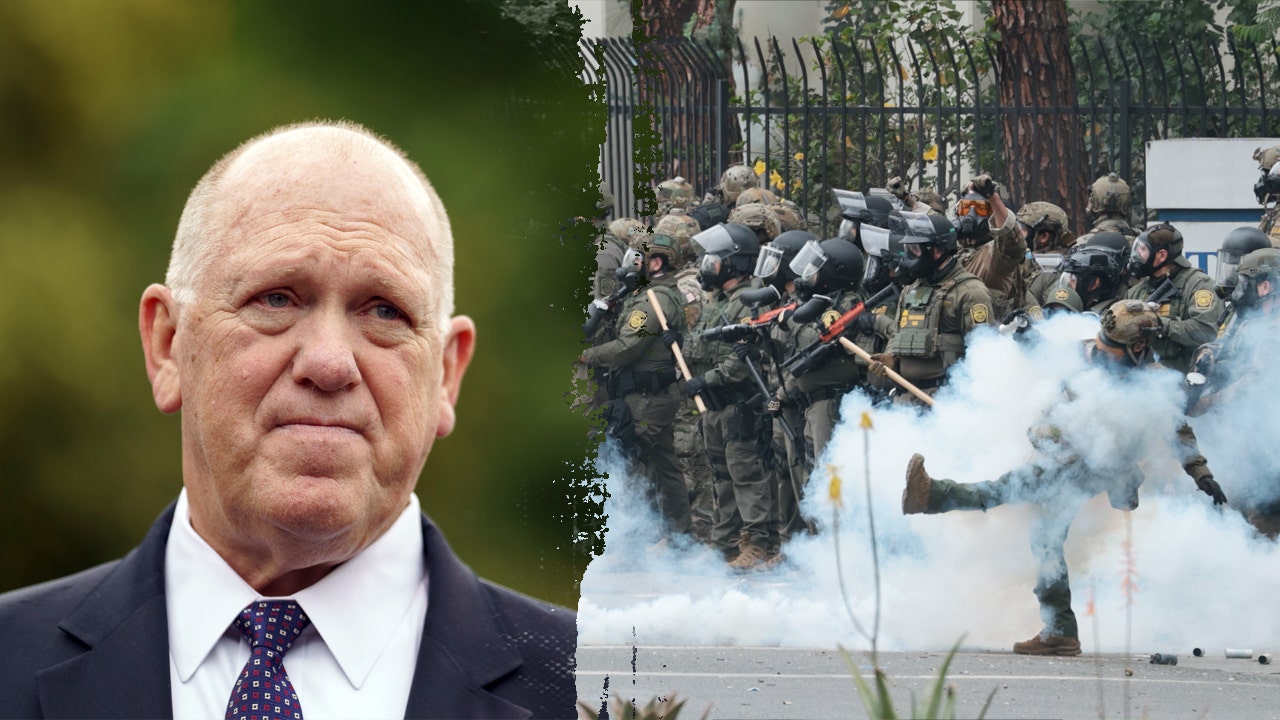
 Politics1 week ago
Politics1 week agoNational Guard to be deployed in Los Angeles County as anti-ICE protests rage: border czar Tom Homan
-
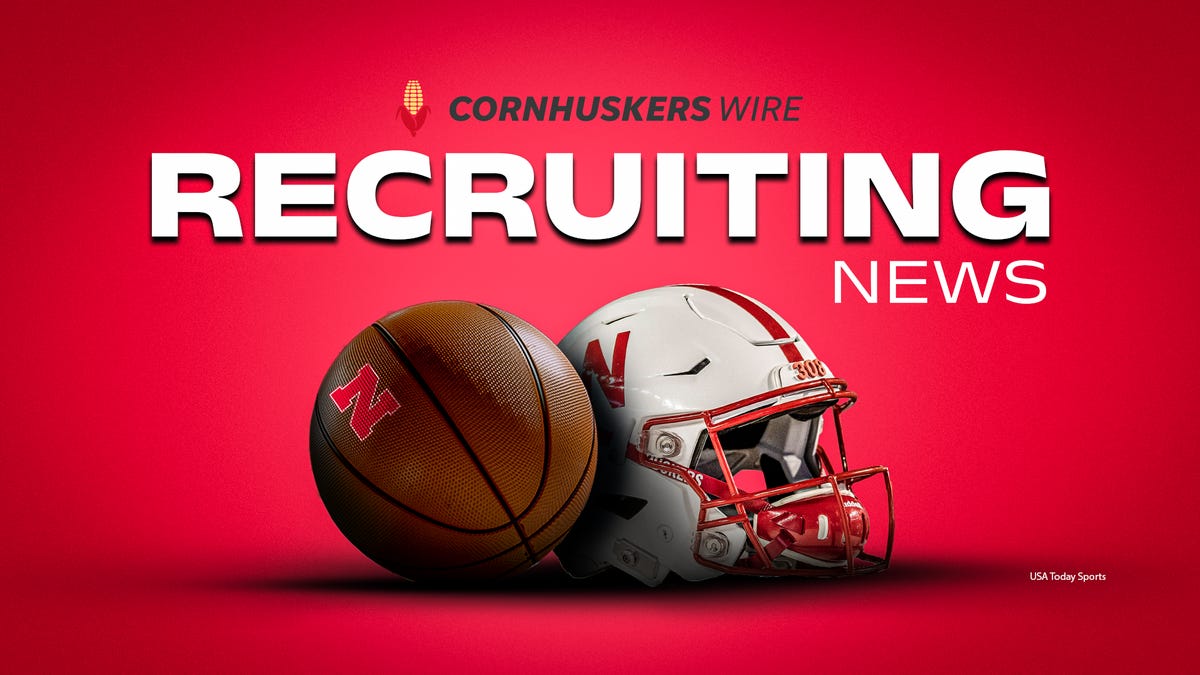
 Nebraska1 week ago
Nebraska1 week agoNebraska makes top five for elite class of 2026 offensive tackle











